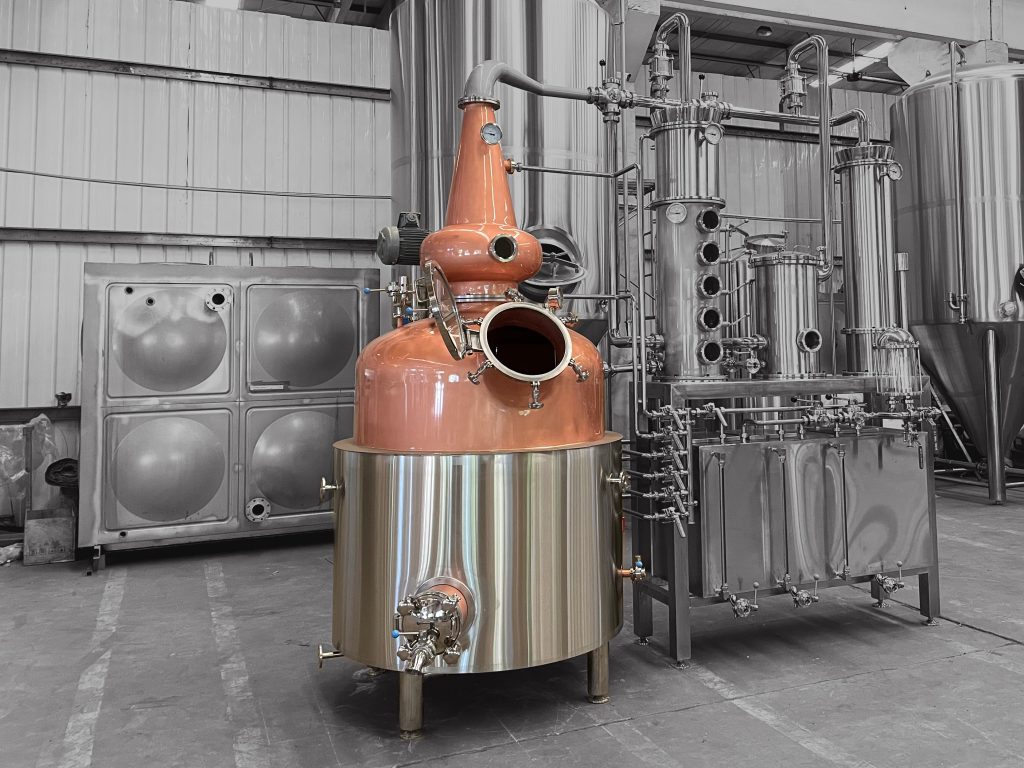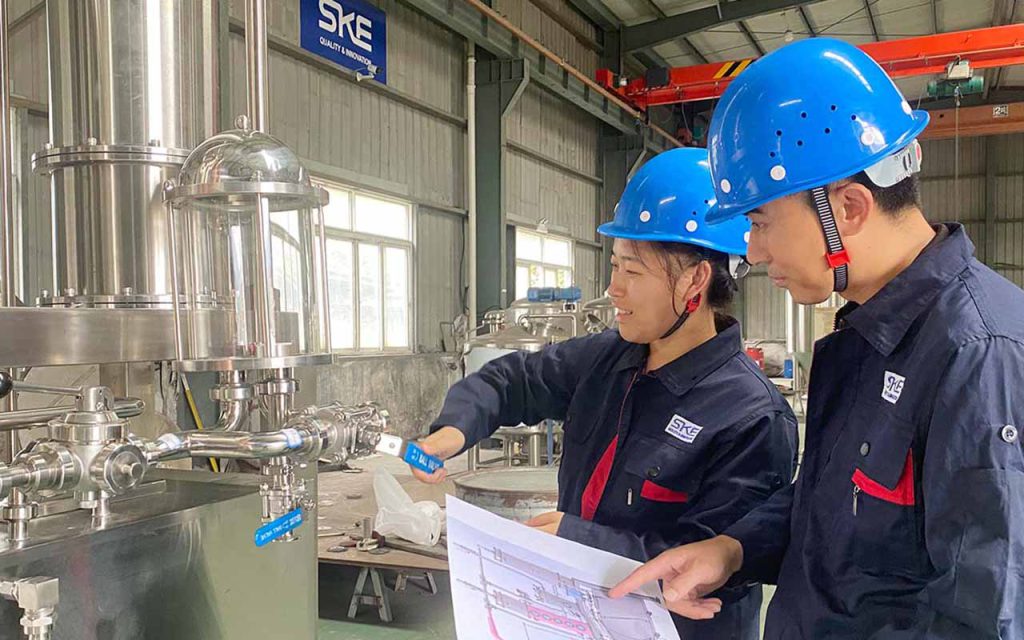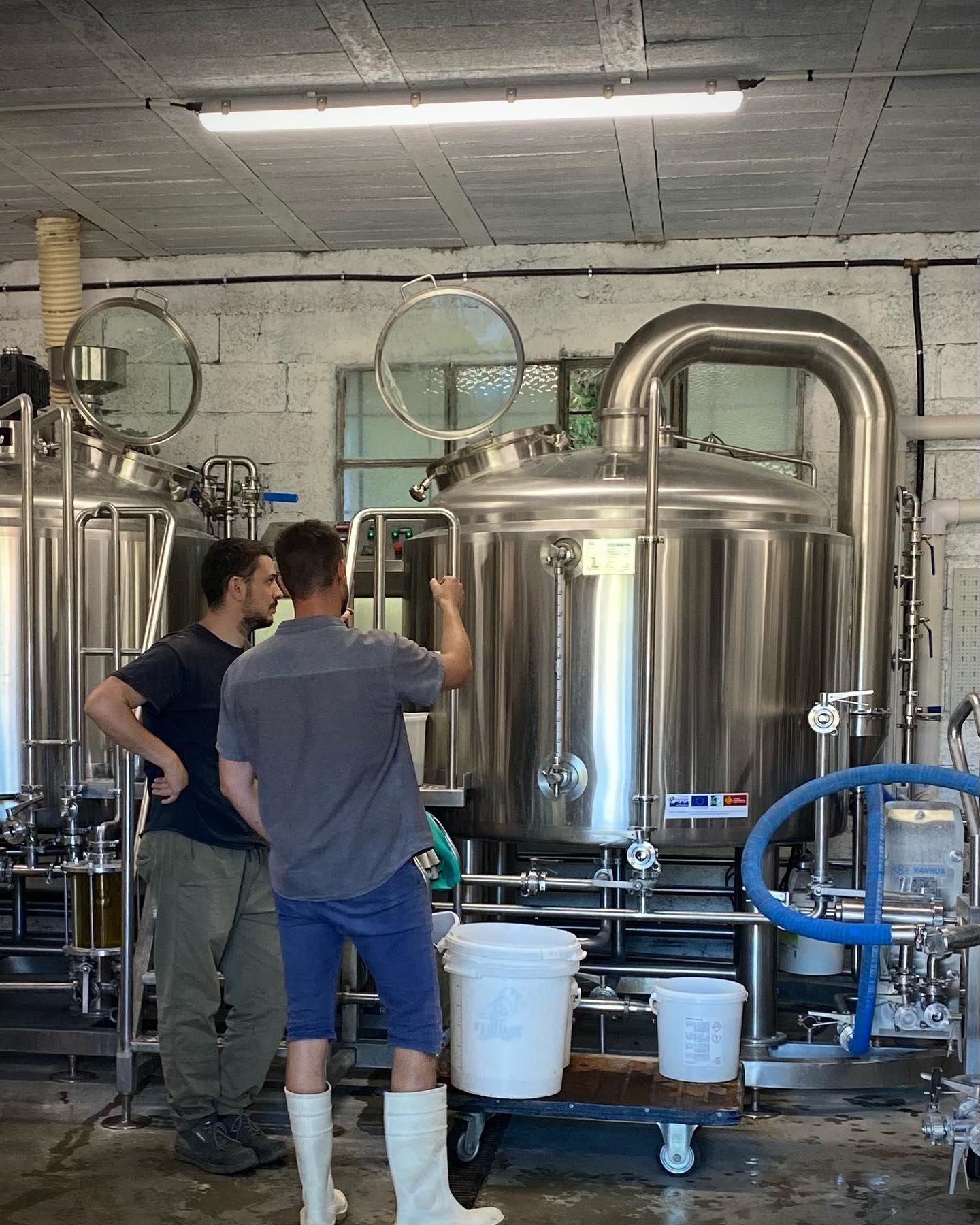Introduction

Copper pot stills have been a cornerstone of distillation for centuries, cherished for their ability to produce high-quality spirits. Whether you’re a novice distiller or a seasoned professional, understanding the intricacies of copper pot stills can significantly impact your distillation process and the quality of your end product. In this comprehensive guide, we will delve into the world of copper pot stills, exploring their history, benefits, types, and the factors to consider when choosing the best one for your needs.
The History and Importance of Copper Pot Stills
Copper pot stills have a rich history dating back to ancient times. Their use in distillation was first documented in the Middle Ages, where alchemists utilized copper’s unique properties to create various elixirs and spirits. Copper’s exceptional conductivity and anti-corrosive properties made it the material of choice for distillers. These qualities allow for even heating and effective removal of sulfur compounds, which can negatively affect the flavor of the distilled spirit.
Key Benefits of Copper Pot Stills
Copper pot stills offer several advantages that contribute to their continued popularity among distillers:
- Thermal Conductivity: Copper ensures even heat distribution, which is crucial for consistent distillation.
- Chemical Reactions: Copper reacts with sulfur compounds, removing undesirable flavors and resulting in a smoother, more refined spirit.
- Durability: With proper care, copper pot stills can last for generations.
- Aesthetic Appeal: Copper stills are not only functional but also add a classic, attractive element to any distillery.
Types of Copper Pot Stills
There are various types of copper pot stills, each with its own set of characteristics and uses. Understanding these differences is essential for selecting the right still for your distillation needs.
Alembic Stills
Alembic stills are one of the oldest types of copper pot stills, known for their distinctive shape and historical significance. They are widely used for producing aromatic spirits like brandy and essential oils.
Column Stills
Column stills, also known as continuous stills, are designed for efficiency and high-volume production. They consist of multiple chambers that allow for continuous distillation, making them ideal for large-scale operations.
Hybrid Stills
Hybrid stills combine elements of both pot and column stills, offering versatility for distillers who produce a variety of spirits. These stills can be customized to include additional columns or plates, depending on the desired outcome.
Micro Stills
Micro stills are smaller, compact versions of traditional pot stills. They are perfect for hobbyists or small-scale distillers who want to experiment with different recipes and techniques without committing to a large, expensive setup.
Factors to Consider When Choosing a Copper Pot Still
When selecting the best copper pot still for your needs, there are several important factors to consider:
Capacity
The capacity of the still determines the amount of raw material you can process at once. Small-scale distillers may opt for a 5-gallon still, while commercial operations might require capacities of 100 gallons or more.
Design
The design of the still affects both functionality and aesthetics. Consider whether you need a traditional alembic shape, a column still, or a hybrid design that offers more flexibility.
Heating Source
Copper pot stills can be heated using various methods, including direct flame, electric, or steam. Each heating source has its advantages and disadvantages, so choose one that aligns with your distillation process and safety requirements.
Budget
Copper pot stills come in a wide range of prices. While it’s tempting to go for the cheapest option, investing in a high-quality still can save money in the long run by producing better spirits and requiring fewer repairs.
Accessories
Consider any additional accessories you might need, such as thermometers, hydrometers, and condenser units. These tools can enhance your distillation process and ensure more precise control over the final product.
Comparative Analysis of Copper Pot Stills
To help you make an informed decision, here’s a comparative analysis of different types of copper pot stills:
| Type of Still | Capacity (Gallons) | Heating Source | Ideal For | Price Range |
|---|---|---|---|---|
| Alembic | 1-25 | Direct Flame | Brandy, Essential Oils | $500-$5000 |
| Column | 25-500 | Steam/Electric | High-volume spirits | $2000-$20000 |
| Hybrid | 10-300 | Steam/Electric | Versatile spirits | $3000-$15000 |
| Micro | 0.5-5 | Electric | Hobbyists, Small-scale | $200-$2000 |
This table provides a snapshot of the key differences between the types of copper pot stills, helping you weigh the pros and cons based on your specific requirements.
Maintenance and Care of Copper Pot Stills
Proper maintenance and care are crucial for ensuring the longevity and performance of your copper pot still. Here are some tips to keep your still in top condition:
Regular Cleaning
Copper reacts with air and moisture, leading to oxidation and tarnish. Regular cleaning with a mild acid solution, such as vinegar or lemon juice, can help maintain its shine and prevent corrosion.
Inspection
Regularly inspect your still for signs of wear and tear, especially around joints and seals. Address any issues promptly to avoid leaks and ensure efficient operation.
Storage
Store your copper pot still in a dry, cool place when not in use. This prevents oxidation and prolongs the lifespan of the still.
Repairs
For significant repairs, consult a professional who specializes in copper welding and distillation equipment. Proper repairs ensure the integrity and safety of your still.
Common Mistakes to Avoid

Even experienced distillers can make mistakes when using copper pot stills. Here are some common pitfalls to avoid:
Overfilling the Still
Overfilling can lead to boil-over, which not only wastes valuable product but also poses a fire hazard. Always follow the manufacturer’s guidelines for filling capacity.
Inconsistent Heating
Inconsistent heating can cause uneven distillation, affecting the quality of your spirit. Ensure a steady and controlled heat source for optimal results.
Ignoring Maintenance
Neglecting regular maintenance can lead to reduced efficiency and potential safety hazards. Establish a routine maintenance schedule to keep your still in prime condition.
Using Improper Cleaning Agents
Harsh chemicals can damage copper. Stick to natural, mild acids for cleaning and avoid abrasive materials that can scratch the surface.
Conclusion
Choosing the best copper pot still involves considering several factors, including capacity, design, heating source, and budget. By understanding the different types of copper pot stills and their specific benefits, you can make an informed decision that enhances your distillation process and results in high-quality spirits. Regular maintenance and care are essential for maximizing the lifespan and efficiency of your still. Avoiding common mistakes and understanding the nuances of copper pot stills will help you achieve the best possible results in your distillation endeavors.
FAQs
What size copper pot still should I buy?
The size of the still depends on your production needs. Hobbyists might opt for a small, 5-gallon still, while commercial distilleries often require much larger capacities.
How much does a copper pot still cost?
The cost varies widely based on size, design, and additional features. Prices can range from a few hundred to several thousand dollars.
How do I clean a copper pot still?
Clean your copper pot still using a solution of vinegar or lemon juice mixed with water. Rinse thoroughly and dry completely to prevent oxidation.
Can I use a copper pot still for any type of spirit?
Yes, copper pot stills are versatile and can be used to produce a variety of spirits, including whiskey, rum, brandy, and gin.
Is it safe to use a copper pot still at home?
Yes, with proper safety precautions, using a copper pot still at home can be safe. Ensure good ventilation, monitor heating sources, and follow all safety guidelines.

